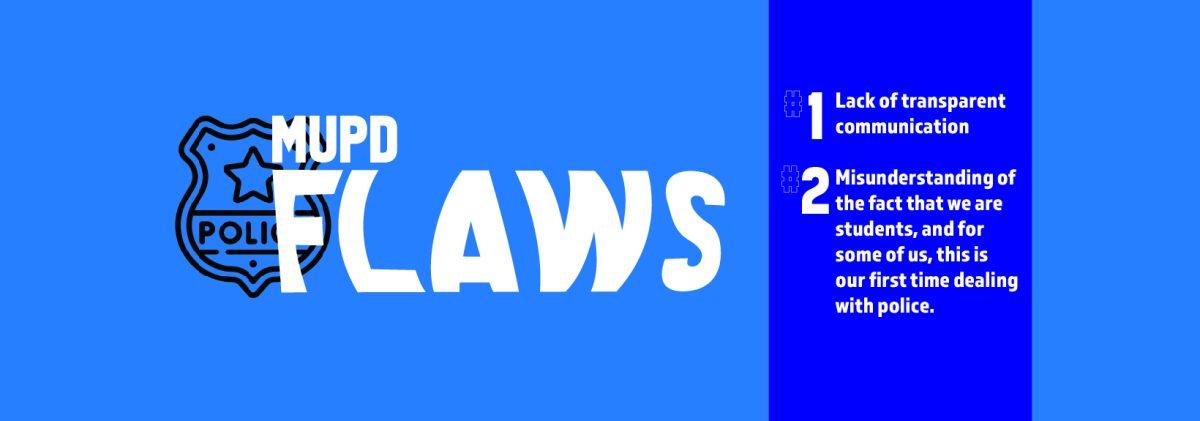Thank you for the opportunity to write to your publication regarding the Professor files lawsuit against city of Pittsburgh after hearing loss article written by Lizzie Johnson and published in the October 14th edition of The Maneater (https://www.themaneater.com/stories/2011/10/14/professor-files-lawsuit-against-city-pittsburgh-af/). This lawsuit was first reported on September 21st by Joe Mandak for AP (http://www.observer-reporter.com/or/region11/09-22-2011-PA-G20-HearingLossLawsuit) and Rich Lord for the Pittsburgh Post-Gazette (http://www.post-gazette.com/pg/11264/1176410-100.stm) Both reports included quotes attributed to Ms. Karen Piper where she states she was “100 feet away” when the Pittsburgh Police Department activated one of its LRADs.
LRAD broadcasts follow the inverse square law, which teaches that for every doubling of the distance from the sound source, sound intensity diminishes by 6 decibels. Like all loudspeakers, LRAD’s audio output is measured in decibels at a distance of 1 meter in front of the device. Assuming that the largest LRAD system used at the G20 was activated at maximum volume, the sound pressure level (SPL) at 100 feet would’ve been about 120 decibels. According to The American Academy of Audiology, ambulance and fire engine sirens measure 130 decibels and fireworks and custom car stereos measure 140 decibels. (http://www.audiology.org/resources/consumer/Documents/Fact%20Sheets%20-%20NIHL.pdf)
Hearing damage is a factor of exposure time, frequency and intensity of the sound/audio broadcast. OSHA allows noise exposure to 115 decibels for up to 15 minutes per day, just 5 decibels lower than what Ms. Piper may have been exposed to for seconds. (http://www.osha.gov/pls/oshaweb/owadisp.show_document?p_table=standards&p_id=9735).
While LRAD broadcast levels are purposely kept below the threshold that could cause permanent hearing damage from instantaneous exposure, when activated at close range, most people experience audible discomfort and quickly cover their ears and move away. Just the act of covering the ears with hands reduces the SPL by approximately 25 decibels. By covering her ears, the maximum SPL Ms. Piper could’ve been exposed to would’ve been approximately 95 decibels, 15 decibels less than what concert attendees willingly listen to for hours at rock concerts. Commenting on LRAD’s use at the Pittsburgh G20 Summit, Jon Stewart lampooned the supposed harmful effect of LRAD’s alarm tone on The Daily Show with Jon Stewart by putting his fingers in his ears. (http://www.thedailyshow.com/watch/mon-september-28-2009/pittsburgh-irates (2’32” – 3’15”))
Ms. Piper also seems to have confused some of her symptoms with exposure to intense infrasound (frequencies below 20 hertz). Intense infrasound can be felt throughout the body and can cause nausea and dizziness. With its frequency range of 200 hertz to 10,000 hertz, LRAD is incapable of broadcasting infrasound. If Ms. Piper experienced the temporary or permanent conditions cited in her quotes, then individuals who find themselves in close proximity to fire and police sirens at full volume or those who willingly subject themselves to hours of loud music at rock concerts or listening to their custom car stereos should be suffering more intensely from the same symptoms and conditions Ms. Piper described.
LRAD is not a weapon; it is an effective long range communications system used to clearly broadcast critical information, instructions and warnings. LRAD broadcasts are far superior to bullhorns, allowing law enforcement to communicate clearly to large gatherings from safe distances in outdoor venues. While LRAD can broadcast very loudly, law enforcement personnel are trained on the proper use of the device and have full control of the audio output through a prominently positioned volume control knob. Unlike tear gas, Tasers, rubber bullets, pepper spray and flash bang grenades (which emit an instantaneous burst of up to 175 decibels), LRAD voice and alarm tone broadcasts can be modulated in response to protesters actions.
In closing, we note that 190 arrests were made in connection with the Pittsburgh G20 Summit where LRAD systems were utilized versus over 1,100 arrests reported from last summer’s Toronto G20 Summit where LRADs were available, but not deployed. In these difficult situations, LRAD has proven to be very effective in assisting law enforcement communicate their instructions to large, unruly crowds and resolve uncertain situations with minimal property damage and fewer arrests.
Thank you again for this opportunity to respond to the content in the October 14th article. Please contact me if you have any questions or if I can be of further assistance.
Best regards,
Robert Putnam
Media Relations, LRAD Corporation











